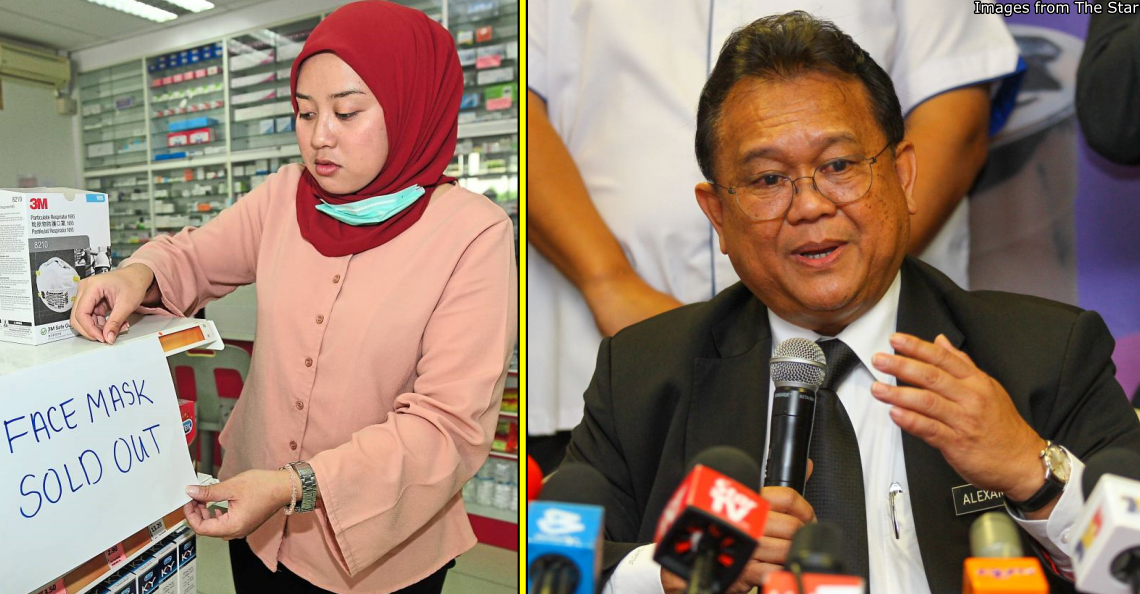Here’s how we went from using ubat herba into one of the world’s best healthcare systems
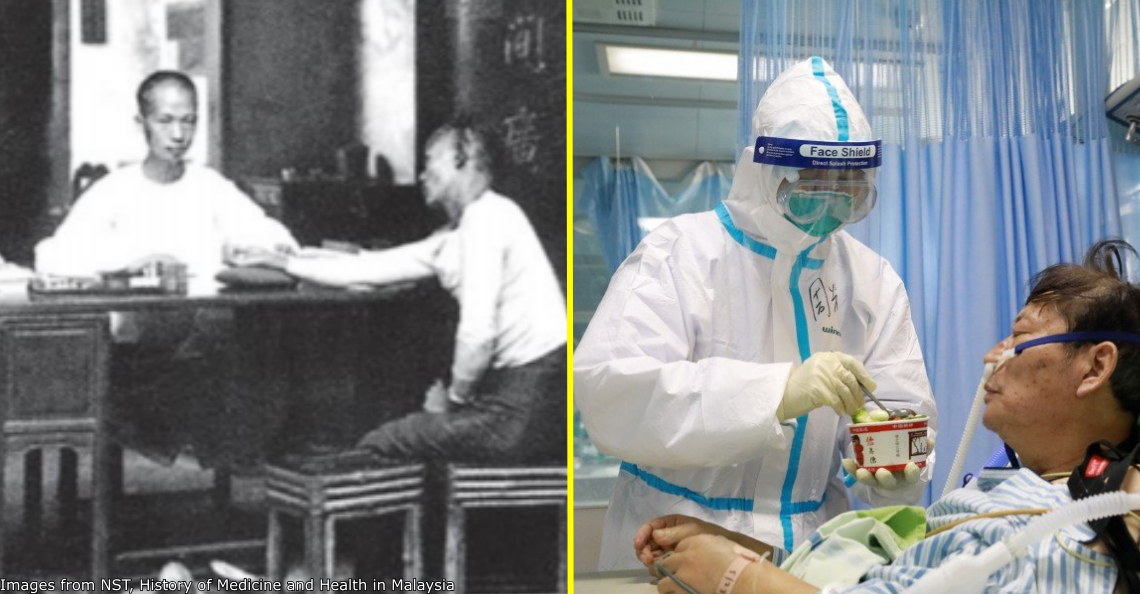
- 569Shares
- Facebook530
- Twitter6
- LinkedIn10
- Email9
- WhatsApp14
Healthcare systems are pretty important, as these are the systems set up to ensure that the people are in tiptop shape in terms of their health to be able to contribute to the society. And if you didn’t think that before, the trying times that we’re all now stuck in might have changed your views, where our healthcare workers are probably one of the few things that’s keeping us from being plunged into a full-on The Walking Dead scenario.

As of today, our public healthcare system’s considered pretty organized, where the costs are standard and the services are quite on par. The rural areas are also cared for with local health units and district hospitals. Plus, despite the Covid-19 situation that we’re caught in right now, we’ve actually managed to contain it to the point where on the 6th of April, 2020, the number of patient recoveries were higher than new cases. In fact, International Living’s Global Retirement Index 2019 even deemed Malaysia’s healthcare one of the best in the world!
And while we’ve all been enjoying the benefits of our healthcare system, it is a wonder of how we even got here in the first place.
It all started with the British introducing Western Medicine in Malaya

Before the British came along, healthcare was mainly rooted in the cultures of different peoples, such as the Orang Asli, Malays, Chinese, and Indians. And they were called ethnic medicine, or traditional medicine nowadays, in which they’re mostly home-based, in the streets, or in typical shop lots. For instance, the Chinese had depended on Chinese sinsehs to treat their illnesses.
It was only around the 1800s that colonial Malaya saw a more organized healthcare system, because it was a time of rampant epidemics, where local communities were suffering from things like endemic fevers and leprosy. The British officials within the territory suffered too, so much so that the colonial administration was apparently brought to a standstill.
That was when they began introducing Western medicine in our midst.

British Malaya brought about healthcare facilities to curb the spread of the epidemics and deterioration in health conditions, including various environmental health and sanitation programs. However, these facilities and programs were apparently considered to be quite limited in terms of services.
At the time, colonial healthcare was said to be constantly running out of funds, staff, and premises – they were also still largely privately owned at the time, focused only in urban or merchant centers. Not only that, the medical services provided in these facilities were available only for the European officials in the military and administration in colonial Malaya. The colonial administration were basically not interested in providing healthcare for the local community beyond vaccination programs to control the spread of diseases and limited health programs.
Healthcare only went public when the British Colonial Office took over
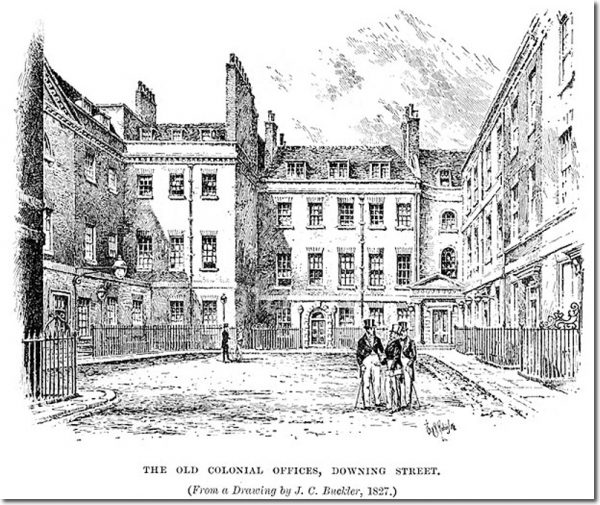
The British Colonial Office was a government department in the UK that was first created to deal with colonial affairs and oversee the increasing number of British colonies, which included us. When the Office took over the overseeing of colonial Malaya in 1867, there was already a rapid increase in population within the territory. In addition, we became one of the most exploited colonies, in which things like tin mining and rubber plantations became major sources of income for the administration.
“The Colonial Office had come to recognize the fact that a main difficulty in the successful working of our tropical colonies lay in the health factor, that deaths, invalidings and inefficiency from local diseases burdened the revenues, interfered with the continuity of administration, repressed the energy of the population and diverted funds which might otherwise have been invested profitably in remunerated public works.” – British Colonial Office medical adviser Sir Patrick Manson, as quoted in International Journal of Health Services
It became necessary to establish and maintain ideal conditions in the infrastructure and labor force to ensure a healthy workforce. The Office increased state intervention in local medical programs, where they began building more comprehensive hospitals and healthcare facilities, with the first general hospital built in Taiping, Perak, and more built in areas other than the urban.
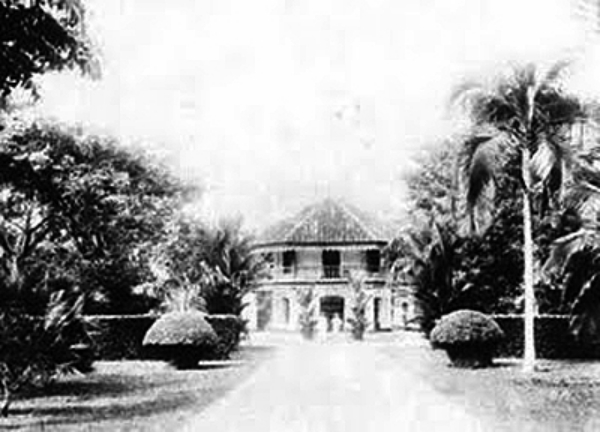
Unlike previously, these healthcare facilities and general hospitals were apparently borne by the British Malaya administration entirely, thereby making their services public. While services have been expanded to people other than British officials, they were still only meant for curing purposes and mainly available to those who were desperately sick only. The Office also enacted a legislation that require all plantations to have at least one bed for every 25 laborers, along with a qualified medical officer.
By 1908, there were 52 general hospitals across colonial Malaya. And this policy seemed to have gone on for a few years, until the Office established a Medical Department of the Federated Malay States in 1910 in Kuala Lumpur, which was meant to provide a central administration for health services and improve healthcare in colonial Malaya with the advisement of medical professionals. The Medical Department was responsible for ensuring that colonial Malaya was healthy, encouraging entrepreneurs to lay down roots and develop economic growth.
Before the Medical Department, the locals only went to the hospitals or healthcare facilities for treatment. However, since 1910, the hospitals and healthcare facilities started hiring people from the local community to take on subordinate positions.
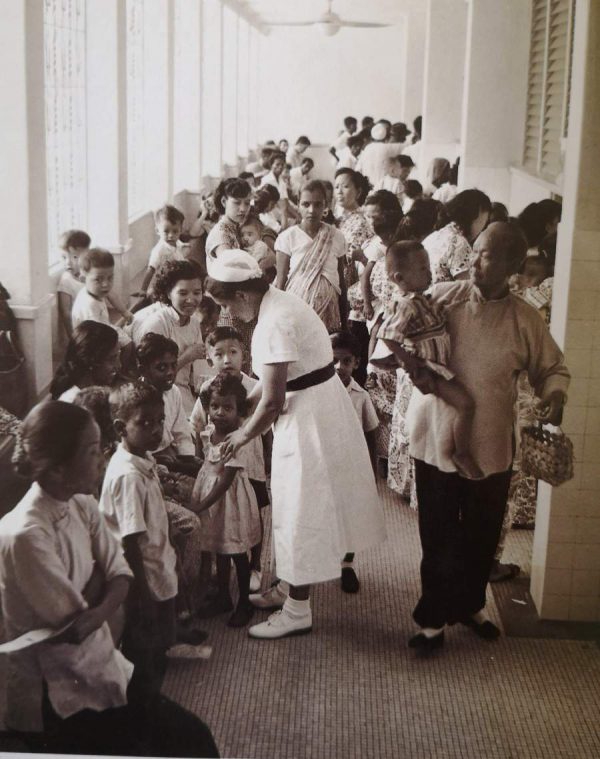
At the time, the Colonial Office had started on its own path of self-reflection, where they looked into the importance of maintaining a basic premise of healthy conditions for their colonies, given that these territories were under their jurisdiction. There was also a prevalence of diseases and poor social conditions, such as malaria and tuberculosis, in the colonies, along with high infant and adult mortality rates.
“My only comment is that if we are not now going to do something fairly good for the Colonial Empire, and something which helps them get proper social services, we shall deserve to lose the colonies and it will only be a matter of time before we get what we deserve.” – Governor-General of British Malaya Sir Malcolm MacDonald, as quoted in International Journal of Health Services
As such, under the advisement of the Medical Department, the Office set out to introduce various programs to improve conditions, such as:
- Developing and administering vaccinations
- Building large number of district hospitals and rural clinics
- Building infant welfare, women’s, and specialty centers
- Establishing sanitary boards to ensure cleanliness in basic necessities, such as water and food
- Developing preventive health measures and health education
Through these policies introduced by the British Malaya administration, we became pretty good at dealing with infectious diseases. However, despite the self-reflection that they went through, things still weren’t totally fair. For example, local men who received medical education would never be promoted and receive only half the pay of their British counterparts. There were apparently never enough qualified people to fill all the posts in a hospital.
This model of healthcare system remained for the rest of British occupation in colonial Malaya, until…
Our newly-independent government decided to make it our own

Free from a life shaped by the British Malaya administration, independence meant that Malaysia could its own character in its internal politics, and that included the healthcare system that we’d inherited from them. At the time, the newly-independent Malaysia saw a high population growth rate and little deaths from diseases like malaria and small pox.
Development of our healthcare sector became an important part of the national and development process, with the goal of delivering healthcare to all communities throughout the country. To achieve this, 23.5% of the national development budget was siphoned towards the healthcare sector alone in the first 5-year plan, from 1956 to 1960. Medical and health services from then on became a federal service rather than the responsibilities of state governments.
And the government also established the Health Ministry almost immediately, a major government agency responsible for the delivery of healthcare in the country, with former MIC president VT Sambanthan helming it from 1957 to 1959.
“Under Health he started a rural healthcare programme, upgraded maternity facilities.” – Sambanthan’s wife Toh Puan Uma Sambanthan, as quoted by The Star
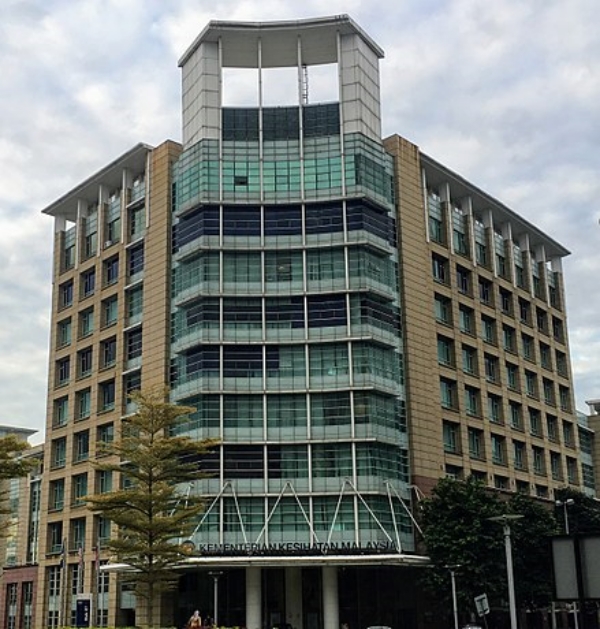
We were committed to expanding state healthcare, especially in rural areas which had been largely neglected by the British previously, due to the poorer health indicators among the rural population. For example, our government built more district hospitals in these areas and set up rural health units to ensure that people in the rural areas could get health services easily, and by 1962, 32% of the targeted areas were equipped with clinics. In addition, maternal and child health centers were expanded to deal with maternal and infant mortality starting from 1957.
And when it came to the shortage of staff that British Malaya had previous faced, the government had agreed to recruit 100 doctors from India on three-year contracts, beginning from 1958. Meanwhile, there were plans to establish organized medical universities, and in 1962, we successfully had a Medical University in our very own University of Malaya. Apart from UM, we also sent Malaysian students abroad for medical studies.
As you can see, the Malaysian government post-independence had done its best to adapt the public healthcare system that the British Malaya administration left behind as our own. For now, it’s centralized and funded through taxation and revenues from land matters and natural resources. Still, it wasn’t without its challenges, such as the May 13th riots in 1969 and the emergence of private healthcare, but that’s a story for another day. And now…
Our healthcare’s considered one of the best in the world

And as of 2019 – oh, it seems so long ago, doesn’t it – Malaysia was ranked as a country with one of the best healthcare systems in the world, due to our world-class healthcare services and sophisticated infrastructure. Apparently, our doctors are well-trained, either overseas or locally, and they make communication with patients close to flawless.
“The prescriptions in Malaysia cost a fraction of what you pay at home. But it’s not just the cost that is attractive, it’s the service. The Malaysians are friendly people, but it’s the genuine interest they take which impresses.” – International Living, as quoted by The Star
We’ve managed to pull through two major virus outbreaks before, which are the SARS and Nipah virus outbreaks, and we survived. Even with the Covid-19 outbreak now, the World Health Organization’s said that our efforts to contain the disease are commendable.
Yeah, sure, we’re under a Movement Control Order (MCO) right now, and things are kinda…not looking too well. But the Health Ministry’s been consistently transparent with us, where the Health director-general’s been giving us daily updates on the Covid-19 situation here. The ministry’s also pulling out all stops to deal with situation, like recruiting retirees and dispatching housemen to the frontlines.
So, you know, all things considered, our public healthcare system’s come quite a long way, where our people used to only have traditional medicines to rely on, and now we have things like public hospitals and subsidized medical costs. Really, where else can you get consultation and treatment of infectious diseases for free?
- 569Shares
- Facebook530
- Twitter6
- LinkedIn10
- Email9
- WhatsApp14



